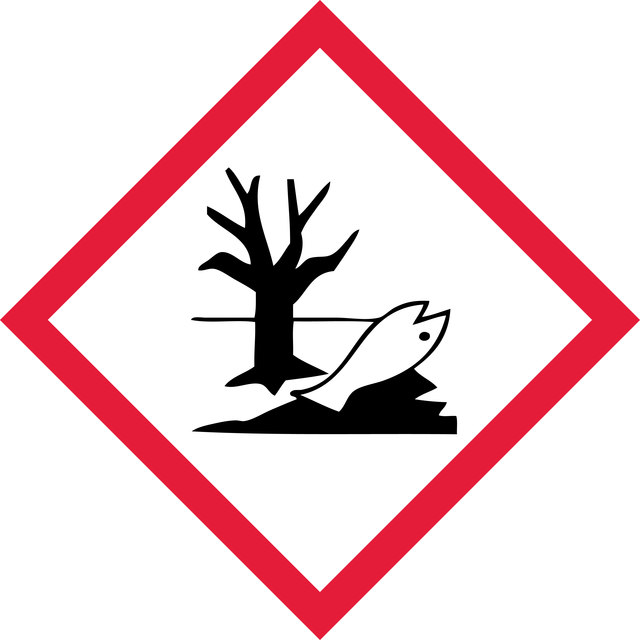Quality Level
manufacturer/tradename
PureEpi
Upstate®
application(s)
sample preparation
shipped in
dry ice
General description
Features & Benefits
- Complete set of materials for up to 12 chromatin preparations
- Optimized streamlined protocol with only a single buffer for sonication, IP, or wash
- Protocols for using cells or tissues
- Compatible with Magna ChIP HiSens and EZ-Magna ChIP HiSens chromatin immunoprecipitation kits.
- Compatible with ChIPAb+ validated antibody and primer sets
Application
Epigenetics & Nuclear Function
Packaging
Physical form
Preparation Note
Other Notes
Nuclei Isolation Buffer
SCW Buffer (Sonication/ChIP/Wash)
Crosslink Reversal Buffer
Protease Inhibitor Cocktail II
Legal Information
Disclaimer
Signal Word
Danger
Hazard Statements
Precautionary Statements
Hazard Classifications
Aquatic Acute 1 - Aquatic Chronic 2 - Eye Dam. 1 - Skin Irrit. 2
Storage Class Code
10 - Combustible liquids
Certificates of Analysis (COA)
Search for Certificates of Analysis (COA) by entering the products Lot/Batch Number. Lot and Batch Numbers can be found on a product’s label following the words ‘Lot’ or ‘Batch’.
Already Own This Product?
Find documentation for the products that you have recently purchased in the Document Library.
Related Content
Superior enrichment, low background. With performance proven for both qPCR and ChIP-seq analysis, the Magna ChIP™ HiSens kit may be the only ChIP kit you’ll ever need. Outperforming any competing kit, this revolutionary approach to ChIP enables enrichment from both low and high amounts of input chromatin while also delivering low backgrounds and high signal-to-noise ratios for ultra-sensitive detection.
Chromatin-immunoprecipitation (ChIP) followed by next generation sequencing (ChIP-seq) of the immunoprecipitated DNA is a powerful tool for the investigation of protein:DNA interactions. To perform ChIP-seq, chromatin is isolated from cells or tissues (with or without chemical crosslinking) and fragmented. Antibodies recognizing chromatinassociated proteins of interest are used to enrich the sample for specific chromatin fragments. The DNA is recovered, sequenced on various NGS platforms, and aligned to a reference genome to determine specific protein binding loci. ChIP-seq studies have increased our knowledge of transcription factor biology, DNA methylation and histone modifications.
Cancer is a complex disease manifestation. At its core, it remains a disease of abnormal cellular proliferation and inappropriate gene expression. In the early days, carcinogenesis was viewed simply as resulting from a collection of genetic mutations that altered the gene expression of key oncogenic genes or tumor suppressor genes leading to uncontrolled growth and disease (Virani, S et al 2012). Today, however, research is showing that carcinogenesis results from the successive accumulation of heritable genetic and epigenetic changes. Moreover, the success in how we predict, treat and overcome cancer will likely involve not only understanding the consequences of direct genetic changes that can cause cancer, but also how the epigenetic and environmental changes cause cancer (Johnson C et al 2015; Waldmann T et al 2013). Epigenetics is the study of heritable gene expression as it relates to changes in DNA structure that are not tied to changes in DNA sequence but, instead, are tied to how the nucleic acid material is read or processed via the myriad of protein-protein, protein-nucleic acid, and nucleic acid-nucleic acid interactions that ultimately manifest themselves into a specific expression phenotype (Ngai SC et al 2012, Johnson C et al 2015). This review will discuss some of the principal aspects of epigenetic research and how they relate to our current understanding of carcinogenesis. Because epigenetics affects phenotype and changes in epigenetics are thought to be key to environmental adaptability and thus may in fact be reversed or manipulated, understanding the integration of experimental and epidemiologic science surrounding cancer and its many manifestations should lead to more effective cancer prognostics as well as treatments (Virani S et al 2012).
Global Trade Item Number
| SKU | GTIN |
|---|---|
| 17-10082 | 04053252855375 |
Our team of scientists has experience in all areas of research including Life Science, Material Science, Chemical Synthesis, Chromatography, Analytical and many others.
Contact Technical Service
